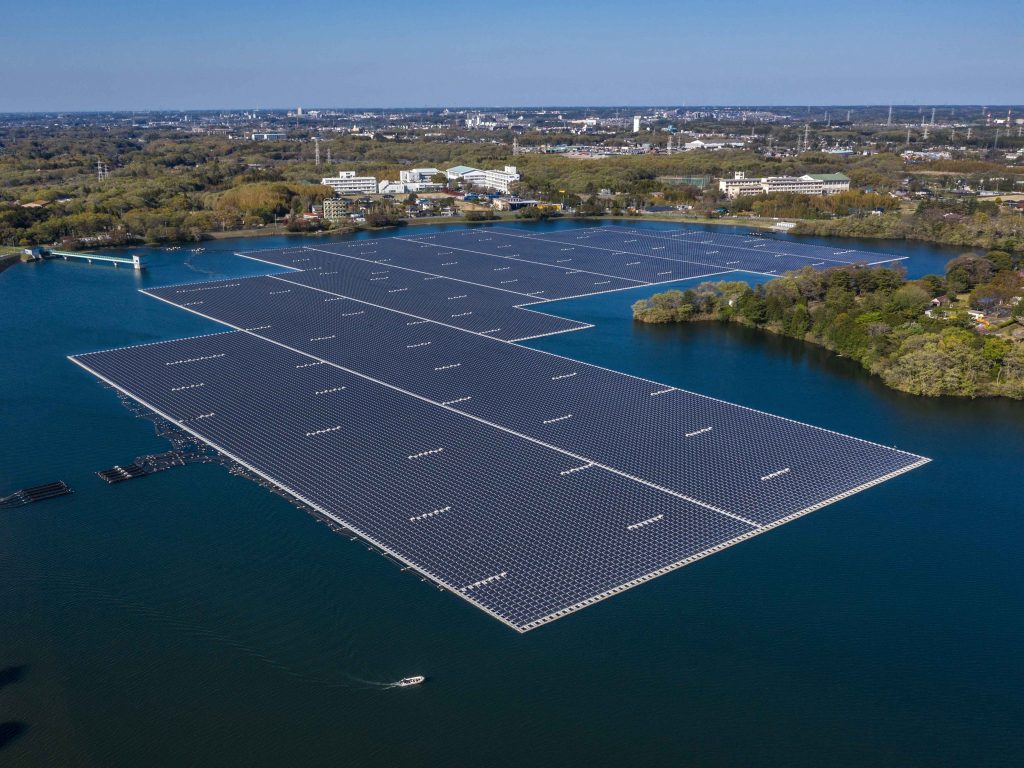A window into the future of glass in buildings
Businesses, governments and architects have come to realise that glazing can contribute to sustainability and people’s wellbeing
Businesses, governments and architects have come to realise that glazing can contribute to sustainability and people's wellbeing
If the past decade was defined by design innovation, the future will have a greater focus on functionality, as every aspect of building design now begins to require a secondary purpose. Glass has always been at the forefront of building development – allowing businesses and homeowners to create visual impact, extend, brighten and add an extra dimension of comfort to their properties. In the past, glass was used mainly for windows to admit air and light, but now it is integral to interior and exterior architecture. From façades, skylights and walkways to revolving doors and glass box extensions, it does so much more than just let light in – it provides architects with solutions for heat, energy efficiency and lighting requirements.
For many years the Pilkington brand has been at the heart of architectural glazing innovation. It was Sir Alastair Pilkington’s invention of the float glass process that gave birth to modern methods of glass manufacture, and the Pilkington brand, now part of the NSG Group, continues to build on this pedigree with advancements in glass functionality. The Group now operates or is involved in 49 float glass lines worldwide, selling its vast range of functional glazing in more than 130 countries.
Architectural glass is now heralding a new era, powering the green homes revolution, using more sustainable means to manufacture and helping governments meet carbon reduction targets. With its extensive range of high performance, value-added products, the Group brings benefits to its customers and the environment, capitalising on the modern role of glass by embracing functionality and fashion. It hopes to inspire the next generation of interior and exterior designers to create even more beautiful, sustainable environments in which billions of people live and work.
Vice President, Technology Building Products, Philip Ramsey, outlines the Pilkington brand’s future vision. The key, he explains, is how the shift from primarily aesthetics to performance and energy-efficiency informs his working, and he reveals how he is looking forward to finding new ways of developing further sustainable, functional, and aesthetically-pleasing glazing. “What’s important to remember is that glass is extremely versatile and has many applications. As consumers sit down to enjoy the view from a restaurant window, the glass used in that window preserves the view by reducing condensation and glare, while keeping diners comfortable by maintaining building temperature and providing safety. We have strong R&D programmes here to further improve the performance of our energy-saving products, both in terms of a reduction in heating requirements for cold climates and cooling for hot climates. Most of these developments are related to improving glass coatings, but the glass itself is also being modified, for example to allow even higher solar heat gain in cooler climates. The Group is also a leader in vacuum glazing technology with Pilkington Spacia™, the world’s first commercially available product offering the thermal performance of conventional double glazing within the same thickness as a single sheet of glass.”
Globally, the architectural glass market is trending more and more towards these types of functional glass. Architects, regulators, tradesmen and consumers are asking for more from glass, and glazing is now required to work harder in buildings. Pilkington has driven this shift, with a wide variety of glazing ranges including solar control, thermal insulation, fire resistant, safety/security as well as its revolutionary self-cleaning glass. Pilkington Activ Suncool™, for example, is an industry-leading range of high performance glass, designed to maximise natural light whilst ensuring solar control, low-emissivity, and self-cleaning properties, all in one product.
Guy Roberts, Business Planning Manager at Pilkington Building Products said: “Trends in the global architectural glass market are essentially driven by two things; building regulations and architectural fashions. With more and more countries pledging to cut their carbon emissions, and the energy lost through windows making up a significant part of a building’s average consumption, energy efficiency is becoming more of a key factor in glazing. Couple this with the long-term trend for more of a building’s skin to be glazed, and you’ve got the perfect scenario for global glazing innovation.”
With the recognition that buildings need to exist in synergy with their surroundings, energy efficiency is a huge driver for innovation in the industry. Buildings account for 50 percent of all the energy consumed in advanced countries, and since the Kyoto Agreement, glass manufacturers have been proactively working to produce ever-more efficient products in anticipation of the changes to building regulations. Glass for Europe studies show that the CO2 saved by replacing just one square metre of single glazing with low-e double glazing in a typical European building is 91kg per year. This means that in less than four months, Pilkington low-e glasses will have off-set the CO2 emitted during their manufacture, making them one of the industry-leading performers on sustainability and an excellent investment for any building purpose.
The Group is also one of the leaders in photovoltaic (PV) technology used to generate electricity via panels for domestic or commercial purposes, and is seeing this once-niche market expand very quickly. Solar energy panels offer alternative solutions for a range of energy requirements, from small-scale domestic applications to large scale-solar power stations, from cloudy northern rooftops to hot sunny deserts. Glass is an integral and important element of these solar panels, and the Group offers a wide range of high-quality products that are used in the three leading solar technologies aimed at converting solar energy into electricity: thin film photovoltaics, crystalline silicon photovoltaics and concentrated solar power applications.
The technical capabilities of the Group will enable the Pilkington brand to explore new possibilities for functional glazing and continue to extend its range of high-performance, value-added products. In the future, it is likely the industry will focus on the ability of glass to perform in more extreme conditions whilst continuing to optimise energy saving and cost efficiency. Improvements in energy performance will continue to be required as the demands of building regulations increase. Furthermore, the role of glass is likely to become more multi-functional. For example, a business may require glass to play a bespoke role in energy generation, as well as being self-cleaning and non-reflective. Digital touch screen panels will control the multi-functionality, ensuring the glass performs at optimum efficiency in its environment.
The role glass can play will become increasingly varied – technological advancements in the development of OLEDs (Organic Light Emitting Diodes) are likely to play a large part in architectural design in the push for ever-more environmentally friendly ways of working in the modern world. The possibilities such technology affords have the potential to revolutionise the way buildings are constructed, energy is used, and even the way in which people work. The NSG Group is committed to developing technology to enhance glazing performance and optimise functionality. As energy resources and efficiency continue to play a more important role in government and business agendas, glazing will play a larger role in reducing both costs and impact on the environment.
Further information: www.pilkington.com













